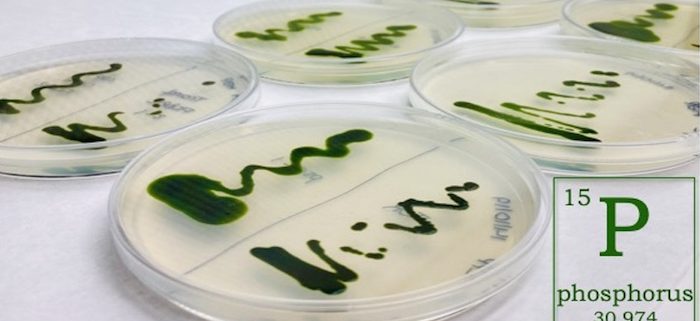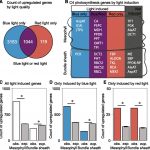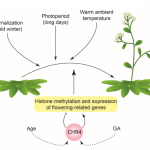Phosphorus sensing in Chlamydomonas by TORC1 subunit LST8
Couso et al. developed a TOR kinase assay for Chlamydomonas and show how subunit LST8 senses phosphorus availability and modulates cell growth. Plant Cell https://doi.org/10.1105/tpc.19.00179
By I. Couso, M.E. Pérez-Pérez, M.M. Ford, E. Martínez-Force, L.M. Hicks, J.G. Umen, and J.L. Crespo.
Background: Because nutrient stress seriously affects healthy growth in photosynthetic organisms, understanding how nutrients are sensed is extremely important. The kinase TOR (target of rapamycin) is a master regulator of growth that is present in all eukaryotes. TOR translates environmental and nutritional cues into permissive or restrictive regulation of cell metabolism and growth. In plants and algae, TOR is present in the TORC1 complex along with LST8 and Raptor proteins. Nitrogen and carbon metabolites activate TORC1 signaling in yeast, animals and plants. However, the role of other macronutrients such as phosphorus (P) in TORC1 signaling has received little attention. Although the development of a reliable kinase assay for TOR is fundamental to investigate this pathway in all eukaryotes, this basic tool has been missing in green algae.
Question: Is TORC1 involved in P sensing? To answer this, we developed a molecular tool to measure the activity of the TOR kinase in the model unicellular green alga Chlamydomonas reinhardtii.
Findings: We found that TORC1 is involved in the regulation of P signaling in Chlamydomonas and that the TORC1 subunit LST8 plays an important role in this signaling pathway. LST8 binds to the kinase domain of TOR, and this binding is needed for full catalytic activity of TORC1. Using genetic and biochemical approaches, we found that when LST8 levels are compromised, Chlamydomonas cells displayed an altered response to P starvation, hyperactivating cell recycling and over accumulating lipids. We also found that the transcription factor PSR1, the major mediator of P deprivation responses in Chlamydomonas, works upstream of TORC1 to regulate the response to P starvation. To validate these results, we developed a TOR kinase assay in Chlamydomonas to monitor the phosphorylation state of RPS6, a downstream target of TORC1.
Next steps: Phosphorus is an essential nutrient for sustaining life, but plants and algae must acclimate to periods of P insufficiency to survive in the natural environment. Next, we hope to identify novel components in the TORC1 pathway that regulate P starvation. This will help us to elucidate the signaling networks that control nutrient stress sensing in the green lineage.
Inmaculada Couso, María Esther Pérez-Pérez, Megan M. Ford, Enrique Martínez-Force, Leslie M. Hicks, James G. Umen and José L. Crespo. (2020). Phosphorus Availability Regulates TORC1 Signaling via LST8 in Chlamydomonas. Plant Cell. https://doi.org/10.1105/tpc.19.00179




